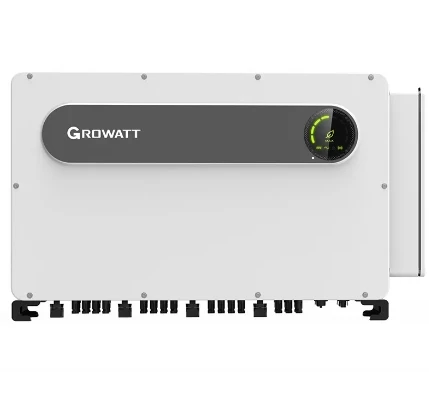Calculating the Number of Solar Panels Required for Home Energy Needs
How Many Solar Panels Are Needed to Run a House?
As the world shifts towards renewable energy sources, solar power has emerged as a popular choice for homeowners seeking to reduce their carbon footprint and save on energy costs. Understanding how many solar panels are required to power a house hinges on several factors, including energy consumption, panel efficiency, and geographic location.
First, let’s clarify how energy consumption impacts the number of solar panels needed. The average American household consumes about 877 kWh per month, or roughly 29 kWh per day. To determine how many solar panels you’ll need, it’s essential to first calculate your daily energy consumption and then assess the energy production capability of a single solar panel.
Solar panels mainly come with different wattage ratings, typically ranging from 250 to 400 watts. For simplicity, let’s assume you are using 300-watt panels. Under ideal conditions, a 300-watt solar panel can produce about 1.5 kWh per day (this figure can vary depending on sunlight hours and panel efficiency).
To get an estimate, you would first calculate the total daily energy requirement for your house
1. Determine Daily Energy Consumption Approximately 29 kWh/day 2. Calculate Energy Production per Panel About 1.5 kWh 3. Divide Daily Consumption by Energy Production per Panel \[ \text{Number of Panels} = \frac{29 \text{ kWh/day}}{1.5 \text{ kWh/panel/day}} \approx 19.33 \]
This means you would need about 20 solar panels to meet the energy demands of an average household under optimal conditions. However, several variables can affect this calculation.
Geographic Location and Sunlight Availability
solar panels needed to run a house

The geographic location of your home plays a crucial role in determining how many solar panels you'll need. Areas with more sunlight, like the southwestern United States, typically yield more solar energy production compared to regions with less sunlight or frequent cloud cover.
Solar irradiation, measured in kWh/m²/day, varies widely between locations. For instance, a home in Arizona may receive an average of 6+ hours of full sunshine per day, while a home in Seattle may only receive about 3-4 hours. Adjusting for these differences can significantly change the number of panels required.
System Losses and Efficiency
Another factor to consider is system losses. Solar panel installation can experience inefficiencies due to shading, inverter efficiency, temperature losses, and other factors. A general rule of thumb is to expect a loss of around 20% in energy production because of these inefficiencies. Therefore, it’s wise to account for these losses in your calculations.
Using the previous example that requires 20 panels, you would adjust for the 20% loss
\[ \text{Adjusted Number of Panels} = \frac{20 \text{ panels}}{1 - 0.20} \approx 25 \text{ panels} \]
Conclusion
In summary, the number of solar panels needed to run a house is not a one-size-fits-all answer. It depends on daily energy consumption, the wattage of the panels, your geographic location, and potential system losses. By carefully analyzing these factors, homeowners can better estimate their solar panel requirements and make informed decisions about transitioning to solar energy. Investing in solar panels can significantly benefit your wallet and the environment, marking a step towards sustainable living.
-
String Solar Inverter: The High-Efficiency Solution for Smart Solar EnergyNewsJul.14,2025
-
Revolutionizing Rooftop Energy with the Power of the Micro Solar InverterNewsJul.14,2025
-
Power Independence with Smart Off Grid Solar Inverter SolutionsNewsJul.14,2025
-
On Grid Solar Inverter: Powering the Future with Smart Grid IntegrationNewsJul.14,2025
-
Monocrystalline Solar Panels: High-Efficiency Power for the Future of Clean EnergyNewsJul.14,2025
-
Bifacial Solar Panel: A Smarter Investment for Next-Generation Energy SystemsNewsJul.14,2025







